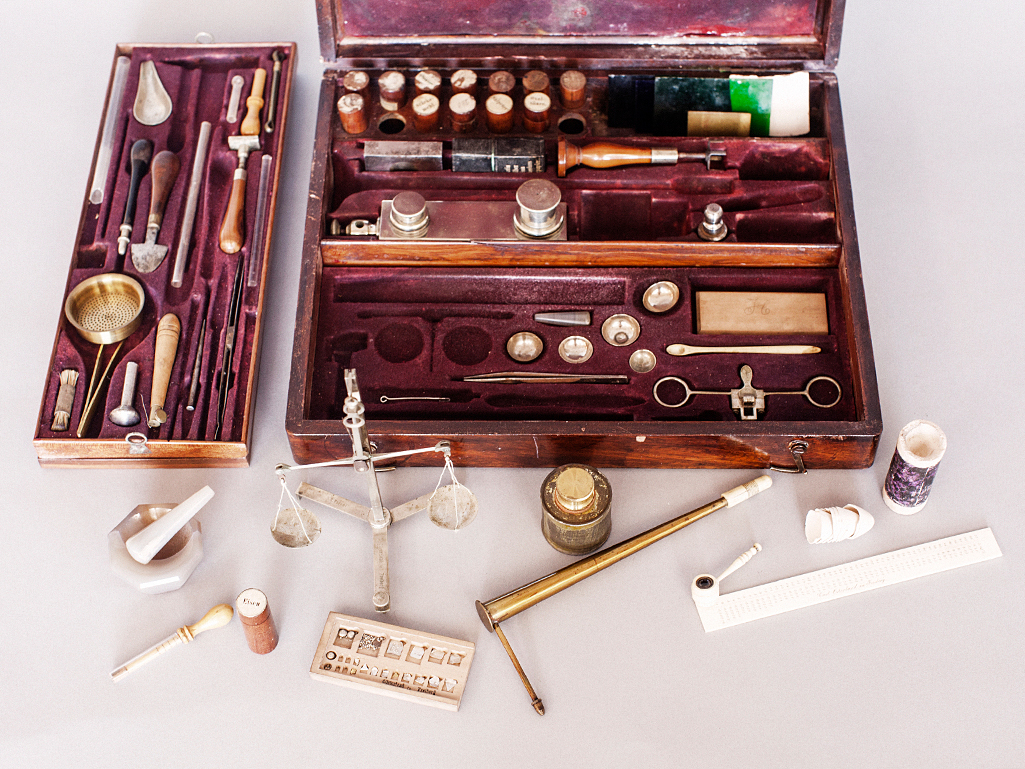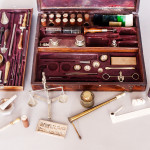Throwback Thursday – 9/11/2014

 With all of today’s modern technology, it is tough to envision a time in which prospecting for various types of ore was done with nothing more than a few wooden and brass instruments. Even more surprising is the fact that some of the most advanced prospecting gear of the 19th century was, in fact, powered much like a musical instrument. These devices, referred to as blowpipes, helped miners, excavators, prospectors, and entrepreneurs throughout the world in their search for the mother lode.
With all of today’s modern technology, it is tough to envision a time in which prospecting for various types of ore was done with nothing more than a few wooden and brass instruments. Even more surprising is the fact that some of the most advanced prospecting gear of the 19th century was, in fact, powered much like a musical instrument. These devices, referred to as blowpipes, helped miners, excavators, prospectors, and entrepreneurs throughout the world in their search for the mother lode.
Mass-produced blowpipe kits were sold to mining engineers around the turn of the 19th century, but their use in this profession extends all the way back to 1751 when it was used to discover deposits of nickel. While the tools may seem crude by today’s standards, they were actually quite ingenious, and this is one of the reasons that they remained so popular in some areas all the way up through the 1960’s. What made these testing kids so invaluable was the fact that they were portable, and this meant deposits and veins could be tested right at the source.
A mining engineer used their blowpipe kit by first removing a small sample of ore and then weighing it. The ore was then placed with lead pellets on a dish in which sat the end of the blowpipe. The engineer then lit a small alcohol lamp in order to heat the ore – and this is where the ingenuity of the blowpipe came into play – by consistently exhaling, the user was able to oxygenate the flame to an extremely high level, which drove the temperatures well above 2,000 degrees Celsius. By extracting various elements and reheating the lead pellets, pure metals were separated and the process was completed.
It may seem odd that this technique was taught in classes all the way through the 1960s, but that is just a testament to the ingenuity of mining engineers in previous years. With simple tool kits made from brass, wood, bone, and glass, engineers kept prospecting and mining industries running for hundreds of years.
